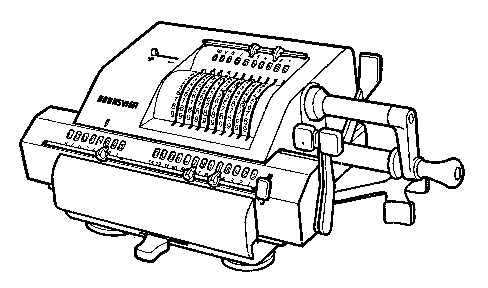


|
We congratulate you on your new
These instructions will acquaint you
And now, lots of success! |
Table of Contents
|
Problem: 13 x 12 = 156
|
|
|
Problem: 54 x 98 = 5292
|
|
|
Problem: 21 x 89 x 124 = 231756
|
|
Problem: (379 x 15.4) + (67 x 21.3) = 7263.7
|
|
|
Problem: (6349 x 213) - (4127 x 109) = 902494
|

| B. 24.229-1964 | L|13/3.00 - DIN A 5 - INGRO | Printed in Spain |